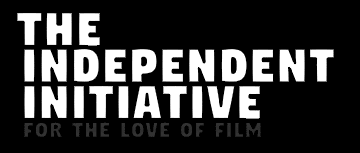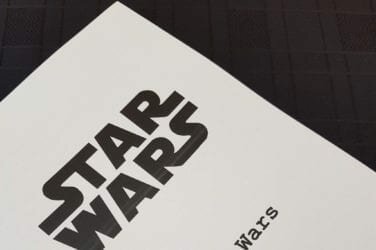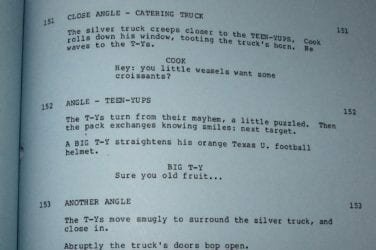The one piece of paperwork that film school students overlook is Continuity Notes. Do not ignore these. I did for my first short film, and I had quite a few issues. Check out the rest of the series to make sure you don’t miss a thing.
What are Continuity Notes?
The Continuity Notes help keep everything the same between shots and takes. They help to reduce the issues like cups disappearing or clothing changing from angle to angle.
What are the Continuity Notes important?
There are two parts included in the Continuity Notes. The first part includes the script. The second has a different form.
Who is affected by the Continuity Notes?
The Script Supervisor, or Scripty, has the Continuity Notes and fills them out. For more information on what all the Scripty does, check out this article.
After filming the Continuity Notes are passed off to the Editors.

Everyone is indirectly affected by the notes. If the Scripty notices something that isn’t consistent in a costume, makeup or set, they’ll pass off the information to the departments to fix it.
If this very important job is left out, it becomes more likely reshoots will be needed.
What should be included in the Continuity Notes?
There are a number of things that will make Continuity Notes much easier. Here’s a great article that gives goes into the importance of the supplies in a Scripty’s bag.
There are a number of ways to lay out the form. I’m going to go through the information the average film school student will need. Here’s a template in PDF and Excel.

Slate is the scene number on the slate or the clapperboard. You know, this:

This will not match up to the numbering on your shot list. The slate consists of the scene number followed by the letter of the setup. Any time the camera changes in position, framing or lens, the slate moves to the next number. The letters I and O are skipped since they look like the numbers 1 and 0. The number on the slate should match what the Scripty has in the Continuity Notes.
Take is the take number. The take number changes every time the camera cuts. Any false takes, where the camera rolls but no action happens should also be documented.
Description is the type of shot. If you are following the exact shots on your shot list, this will be the same.
Camera roll pertains to the roll of film. However, in the age of digital film, this means the card. If you are shooting on multiple cards, I recommend numbering them, so you know what was shot on the specific cards.
Audio clip # is the number given to the file on the audio card. If you are sinking audio straight into the camera, you won’t need this.
Remarks is where you put any notes about the take. This can range from audio issues, like a plane flying over, to the married character forgetting to put on his wedding ring. This will make it much easier to determine which shots the Editor can’t use and why.
If the director really likes a take, they might say “print it.” Circle the take number.
When it comes to the script, use the same numbers as the slates.

Start the number at where the shot begins. Draw a line through the scene that is recorded under each slate name. A straight line is what you can see on screen in the take. A squiggly line is something that happens off-screen.
This ensures that the entire scene has coverage, so you don’t get to the edit and realize you never got one character on screen.
This may seem like a useless piece of paperwork that you won’t use. Don’t assume you can get away without it. It helps to reduce the stress on set having one person dedicated to keeping continuity intact. I decided to skip the Scripty on my first short film. I had a lot of issues when it came to the edit and had to do a lot of reshoots.
Just like the rest of the paperwork for pre-production and production, the Continuity Notes are important despite what you might think. Don’t fall into the same trap I did thinking I was saving time on set. It’s best to start good habits now.
So, get out there. Shoot something. Make films. Even if you think the films fail or suck, did you learn something? Then, they’re not a failure. It’s just a part of the growing process. So get a tenacious film crew together and tell creative stories.


















